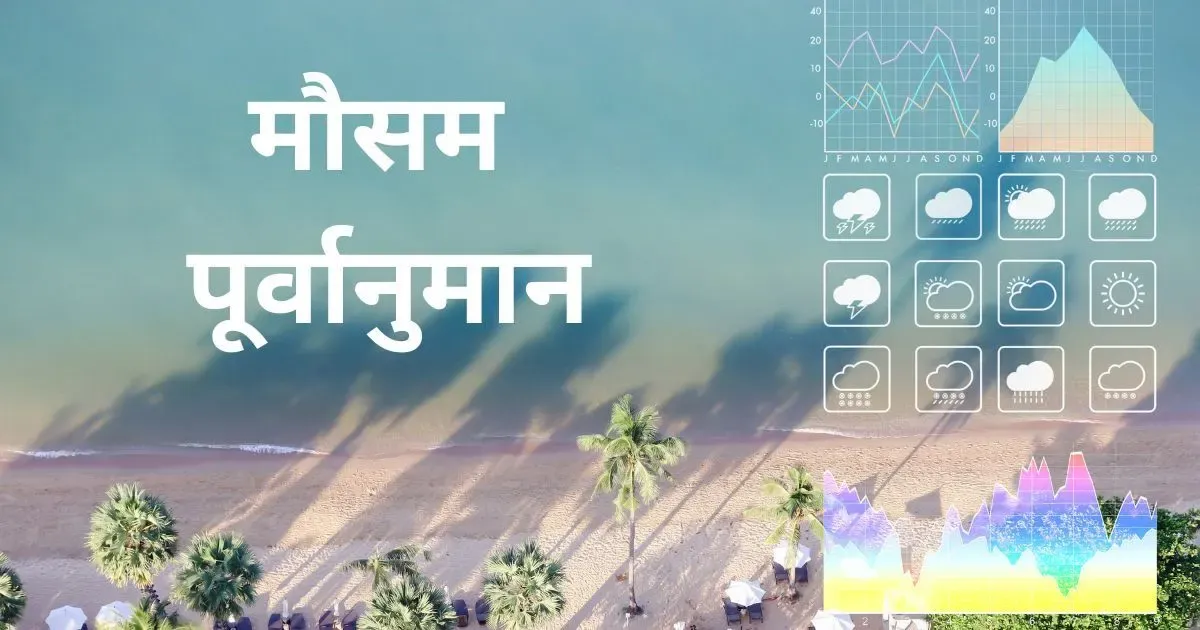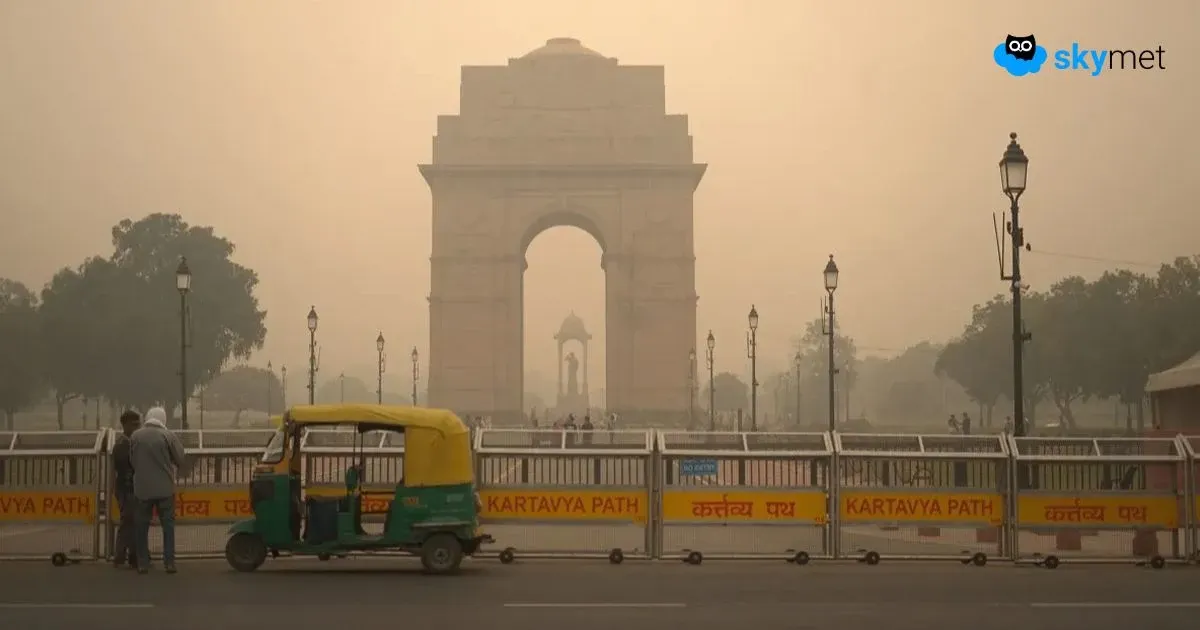India Suspends Indus Water Treaty After Pahalgam Attack: Understanding The Necessity of These Waters
In a historic and unprecedented move, India has suspended the 65-year-old Indus Waters Treaty (IWT) with Pakistan, citing Islamabad’s continued support for cross-border terrorism. The decision was announced just a day after a terror attack in Pahalgam, Jammu & Kashmir, in which 26 Indian and foreign tourists lost their lives. The attack was attributed to Pakistan-based terror groups.
The move signals a sharp escalation in India's diplomatic posture and is being seen as one of the most far-reaching retaliatory measures taken by New Delhi against Pakistan in recent years.
Background of the Treaty
The Indus Waters Treaty, signed on September 19, 1960, is widely regarded as a model for cross-border water-sharing. Brokered by the World Bank after nine years of negotiations, the treaty was inked between Indian Prime Minister Jawaharlal Nehru and Pakistani President Ayub Khan in Karachi.
Under its provisions:
India was given exclusive rights over the eastern rivers — Ravi, Beas, and Sutlej.
Pakistan was allocated the western rivers — Indus, Jhelum, and Chenab, which provide nearly 80% of Pakistan’s total water flow.

Both nations were granted limited rights to use the other's rivers for activities such as irrigation and hydroelectric power generation, under strict technical guidelines.
Are the Rivers Rain-Fed?
The rivers governed by the Indus Waters Treaty (IWT)—the Indus, Jhelum, and Chenab—are primarily snow-fed rather than rain-fed. These rivers originate from the glaciers and snow-covered peaks of the Himalayan mountain range.
While rainfall does contribute to their flow, particularly during the monsoon months, the majority of the water comes from the melting of snow and ice in the upper reaches of these mountains.
Snowmelt, particularly in the spring and summer, is critical for sustaining their flow. As such, these rivers are highly sensitive to changes in snowmelt patterns, which can be affected by seasonal variations, temperature fluctuations, and broader climate change trends.
For Which Agricultural Belts Are These Rivers Important?
The rivers under the Indus Waters Treaty—Indus, Jhelum, and Chenab—play a pivotal role in irrigating key agricultural regions in India:
Indus River: The Indus basin in India covers Ladakh and parts of Himachal Pradesh, though agricultural use is limited due to the region's arid conditions.
Jhelum River: The Jhelum supports agriculture in Jammu and Kashmir, especially the fertile Kashmir Valley, where it sustains the growth of crops such as rice, wheat, and fruit.
Chenab River: Flowing through Punjab, the Chenab irrigates regions like Firozpur, Amritsar, and Ludhiana, which are vital for the cultivation of wheat, rice, and sugarcane.
These rivers are crucial for India's agricultural productivity and food security, directly impacting the sustainability of farming in these regions.
Dams on Western Rivers under the Indus Waters Treaty
The Indus Waters Treaty allows India to construct dams on the Indus, Jhelum, and Chenab rivers for non-consumptive uses such as hydroelectric power, flood control, and navigation—provided they meet strict technical conditions to ensure uninterrupted flow downstream. Key existing projects in India include:
Baglihar Dam (Chenab River)
Salal Dam (Chenab River)
Dul Hasti Project (Chenab River)
Uri Hydroelectric Project (Jhelum River)
Kishanganga Hydroelectric Project (tributary of the Jhelum)
All these are run-of-the-river projects that align with the treaty's guidelines by not significantly altering the natural flow of water.
Why the Treaty Was Necessary
The treaty emerged in the wake of bitter partition tensions following the division of British India in 1947. In 1948, India temporarily halted water flows to Pakistan, leading to a diplomatic crisis that required UN intervention. The World Bank was invited to mediate, resulting in the 1960 agreement.
Over six decades, the treaty withstood the test of time — surviving four wars, intense political hostility, and even terror attacks. That long-standing resilience was shattered this week.
Ramifications of the Suspension
Experts warn that the implications of suspending the IWT could be severe, particularly for Pakistan, whose agricultural sector heavily depends on the Indus system. The Indus basin provides approximately 154.3 million acre-feet (MAF) of water annually. Agriculture, contributing 23% to Pakistan’s GDP and employing 68% of its rural population, is almost entirely dependent on this supply.
Pakistan already faces dire water challenges:
Depleting groundwater reserves
Salinization of fertile lands
Poor water storage capacity (14.4 MAF live storage — only 10% of its annual share)
A suspension of IWT could exacerbate these issues, resulting in reduced crop yields, food insecurity, and economic instability in rural areas.
India’s Strategic Leverage
The suspension of the Indus Waters Treaty gives India greater autonomy over the Western Rivers, which were previously reserved for Pakistan under the agreement.
Experts note that this move allows India to halt the sharing of water flow data with Pakistan and provides the country with the freedom to undertake storage and other engineering projects on the Indus, Jhelum, and Chenab rivers without the design restrictions that were once in place.
This includes:
Reservoir flushing at the Kishenganga hydroelectric project, increasing dam longevity
Accelerating work on the Ratle project on the Chenab
Denying access to Pakistani officials for inspection visits, which were earlier mandated under IWT provisions
Legal and Diplomatic Complexities
Although India has suspended the treaty, the IWT does not include a formal exit clause. It is a permanent agreement, and any alteration requires bilateral consent.
That said, Article IX of the treaty provides a dispute resolution framework, involving:
Permanent Indus Commission
A Neutral Expert
A Court of Arbitration (as per Annexures F and G)
Escalating Tensions and Past Warnings
India’s move comes after years of simmering tensions around the treaty. In January 2023, New Delhi formally notified Pakistan of its intent to “modify” the treaty, citing Islamabad’s repeated objections to Indian hydroelectric projects despite compliance with IWT guidelines.
This was followed by another notice in September 2024, again under Article XII(3), signalling India's intent to review or renegotiate the treaty framework.
Geographical and Scientific Implications of the Indus Waters Treaty Suspension
The suspension of India’s participation in the Indus Waters Treaty dispute resolution mechanisms could have far-reaching consequences for both countries, given the transboundary nature of the rivers and their vital importance for water security, agriculture, and energy.
For India:
Greater Autonomy: India gains freedom to develop infrastructure—like dams and hydropower projects—on the Western Rivers (Indus, Jhelum, Chenab) without needing design clearance from Pakistan. This could accelerate regional development, especially in Jammu & Kashmir and Himachal Pradesh.
Environmental Sensitivity: These rivers are primarily snow-fed, originating from Himalayan glaciers. Unchecked construction could disturb fragile ecosystems and increase risks like landslides, altered sediment flow, and glacial retreat due to changing microclimates.
For Pakistan:
Water Insecurity: Pakistan heavily depends on the Indus basin for agriculture and drinking water. Reduced or altered flows could worsen drought conditions and food insecurity, especially in Sindh and Punjab provinces.
Increased Water Stress: Without dispute resolution mechanisms, the potential for miscommunication and escalated conflict over water rights increases—especially under climate stress scenarios.
What Happens Now?
While the immediate water flows to Pakistan are unlikely to stop—given India’s current lack of large-scale diversion infrastructure—this suspension sets a significant diplomatic precedent.
Analysts believe Islamabad may raise the issue at international forums, but its legal standing will be tenuous without India’s cooperation under the treaty’s terms.
Conclusion
India’s suspension of the Indus Waters Treaty is a geopolitical game-changer. It reflects a major shift in India’s diplomatic strategy—moving from strategic restraint to strategic assertion, particularly in the face of terrorism. While water continues to flow, the decades-old current of cooperative diplomacy has undoubtedly been disrupted.


















